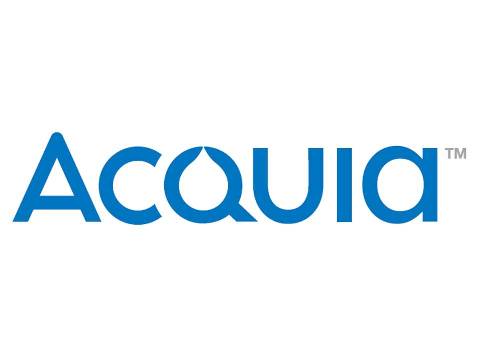This blog post is an excerpt from GovLoop’s recent guide, Understanding State and Local Government. Download the full guide here.
In the digital era, citizens are not just getting information about government from press releases or even their state’s main website. Now, citizens are connecting to government via apps, dashboards,various websites and social media. All of these content vehicles reach citizens in new and engaging ways. But the reality is that in the quest to go digital, many governments are also wasting a lot of time and money duplicating content and effort.
What if there was an easier way? Actually, there is. The solution is a large-scale content management strategy coupled with the latest technology and enabled by government content architects – a role that often exits informally in the IT shop. In order to understand how and why agencies need to manage content differently at an organizational level, GovLoop sat down with Dan Katz, Technical Director for Public Sector at Acquia, a software-as-a service (SaaS) company.
“When we think of content management, traditionally we think of a single channel, website or a property, but large-scale content management looks across a wider spectrum,” explained Katz. “Today organizations don’t just have one website, but many sites for different campaigns, agencies and events. They have social media properties, mobile apps and even digital signage that has to get content from somewhere. There are so many channels and such a proliferation of connected devices that our old definition of content management is too limited.”
In order to organize all of this content across multiple channels and to break down organizational silos, Katz recommended agencies create the role of a content architect. A content editor-in-chief, such as one at a magazine, doesn’t really touch the technology behind the site but a content architect would. Content architects work with developers and designers to help structure content in a way that enables reuse across multiple channels. The content architect is a key role in the discovery and architecture process as governments are looking to refresh their digital platforms. He or she enables the content writers and the content marketers to do their job more effectively by providing them with needed tools and governance workflows.
However, in order for the role of content architect to function properly, governments need to be willing to support some structural shifts. People from different agencies and departments need to be able to talk to each other.
Being able to publish and syndicate content across a wide list of channels requires a technology platform. Acquia offers a solution called Content Hub to address this need. “For Acquia, Content Hub is a foundational product for the future of our SaaS services,” says Katz.
“Acquia Content Hub is a secure, cloud-based content distribution and discovery service that enables content managers to author, search for and share content throughout a complex network of sites and channels. Whether it’s multiple sites, diverse departments, or even different technologies, Content Hub connects content bi-directionally, enabling governments to discover, reuse, and distribute con- tent throughout their entire organization in a secure cloud environment.”
Large Scale Content Management initiatives are happening in the state of New York. There, they are in the early stages of creating a holistic communications strategy centered on reusing content across departments. The state has two different offices that handle content and technology: New York Digital, which houses the content and brand people; and the New York State Office of Information Technology Services (ITS), which handles the technology. Over the past year, the two departments have teamed up to leverage Drupal and Acquia to help move all of the different New York State sites onto a shared, centrally governed platform. By implementing Content Hub, New York State will support content sharing across all state websites.
New York’s move towards shared content resourc- es comes back to improving citizen services and saving money. “From a citizen perspective as the consumer of that content, they want to have a consistent experience across all their touch points,” explained Katz. “Citizens want the DMV site to look the same and sound the same as if they were on the social services site. It’s less confusing that way and easier for people to use.” And that ease of use is also felt on the backend by government staff themselves. By streamlining content creation and distribution, governments are able to reduce duplication.
In the end, the digital era provides governments the opportunity to communicate across multiple channels to reach citizens, and by utilizing large-scale content architecture combined with the right technology platform, true omnichannel communication strategies can be implemented more easily and cheaply for government.






Leave a Reply
You must be logged in to post a comment.